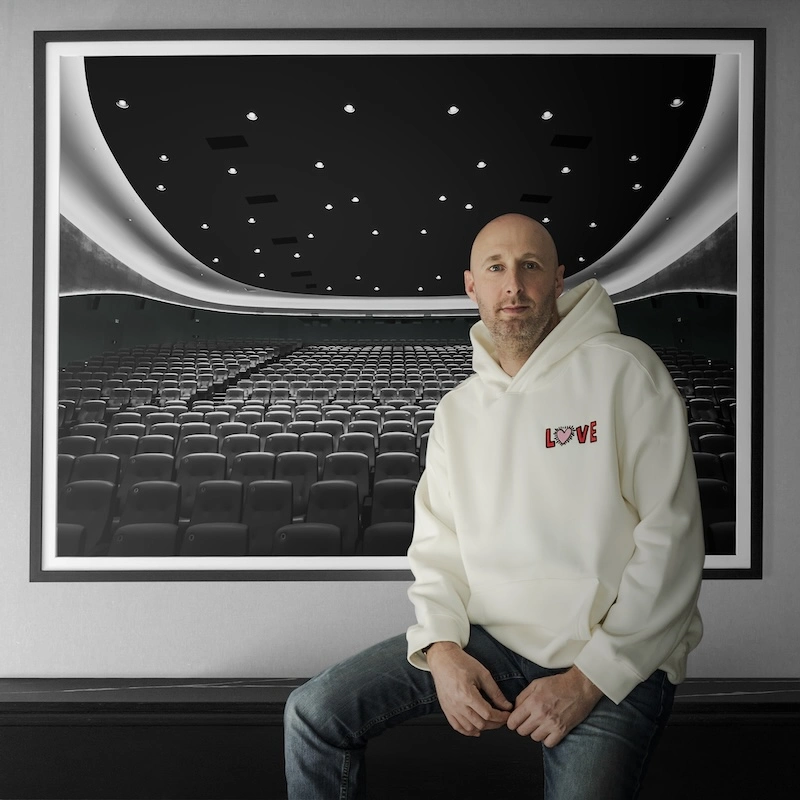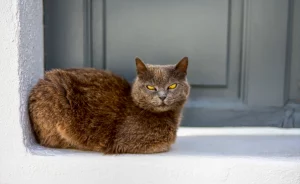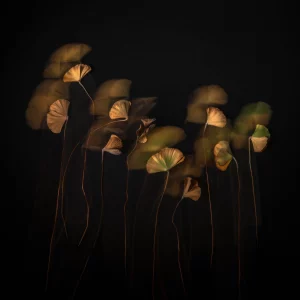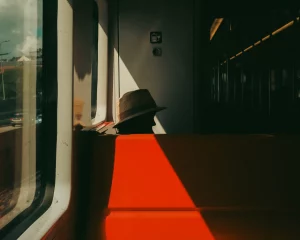Under the lunar ambiance of elegant futuristic settings, Mario Tarantino, with his exquisite use of minimalism and striking black-and-white aesthetics, crafts surreal imagery that transcends ordinary boundaries and whisks us away on a mesmerizing journey. This is only natural for a seasoned globetrotter, whose wanderlust was ignited in childhood. Hailing from Port Elizabeth, South Africa, he now calls Las Palmas de Gran Canaria, Spain, his home base. Through his work, he leads us to explore the world’s sculptural architectures and majestic landscapes. With numerous awards to his name, he shares with CYME the secrets behind capturing these captivating and dreamlike visuals.
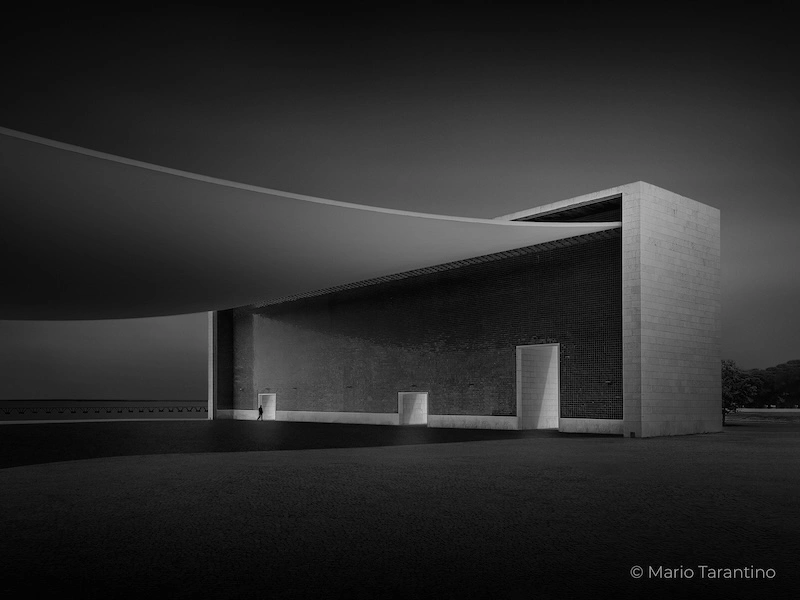
How do you choose the locations you will photograph?
As a photographer & like most people working in the visual arts we are always looking and observing our surroundings – it forms part of our day to day. Searching for and scouting locations is an integral part of my creative process. A visually interesting location makes an important contribution to creating an engaging photo. I always try to visit the location before actually photographing it. This way I can familiarise myself with it, seeing how the location is lit and when would be the best time to photograph it, is it a sunrise, sunset or full day shoot ? When travelling I don’t always have the time to visit the location, so I thoroughly plan my trips beforehand so that I can maximise my chances of getting good photos. I also do a lot of research via the internet and make use of specialised applications to gain a better understanding of when is the best time to be on location and plan my days accordingly.
What I try to convey with my photography is a moment of aesthetic escapism, doing my utmost to transport the viewer, even if it’s for a few seconds to another place.
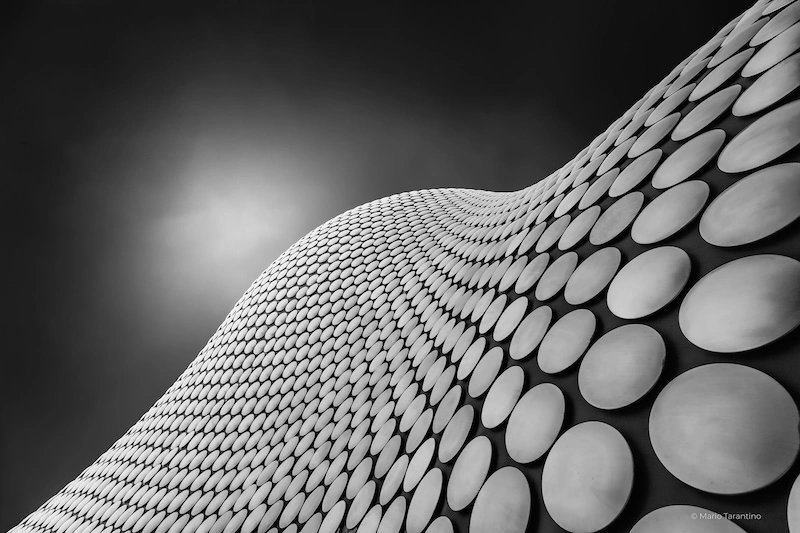
Why are humans almost absent from your photos?
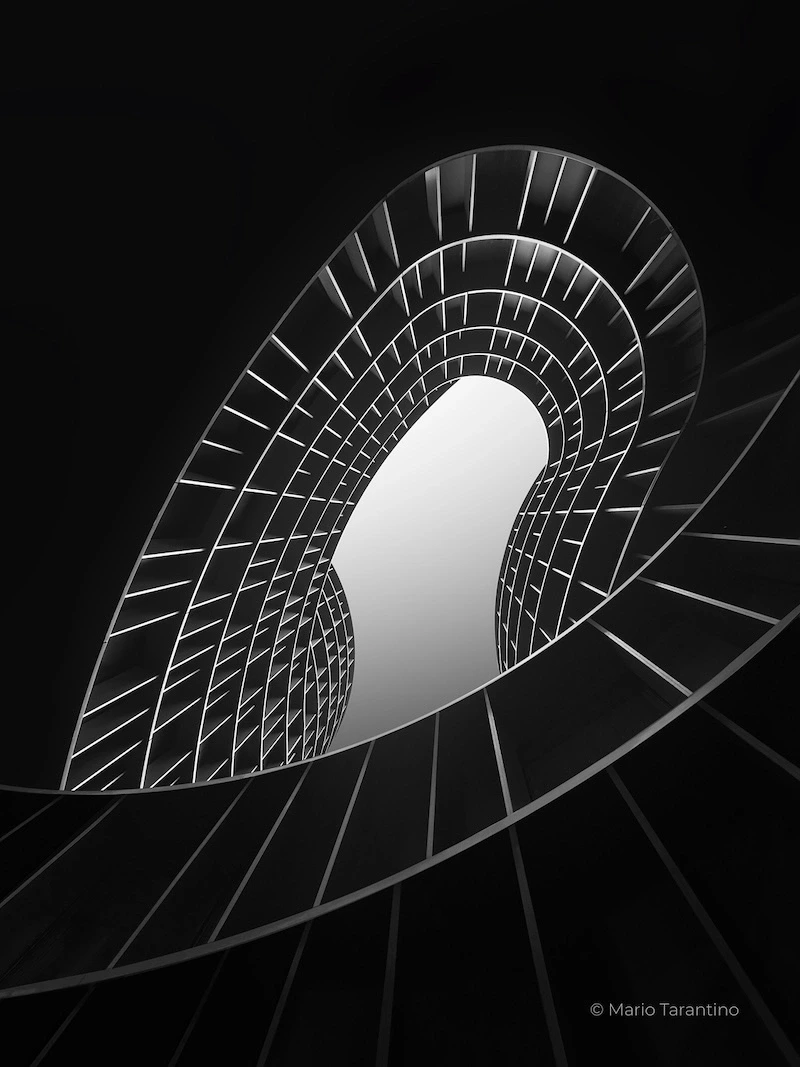
How do you manage to photograph these iconic architectural places completely devoid of people?
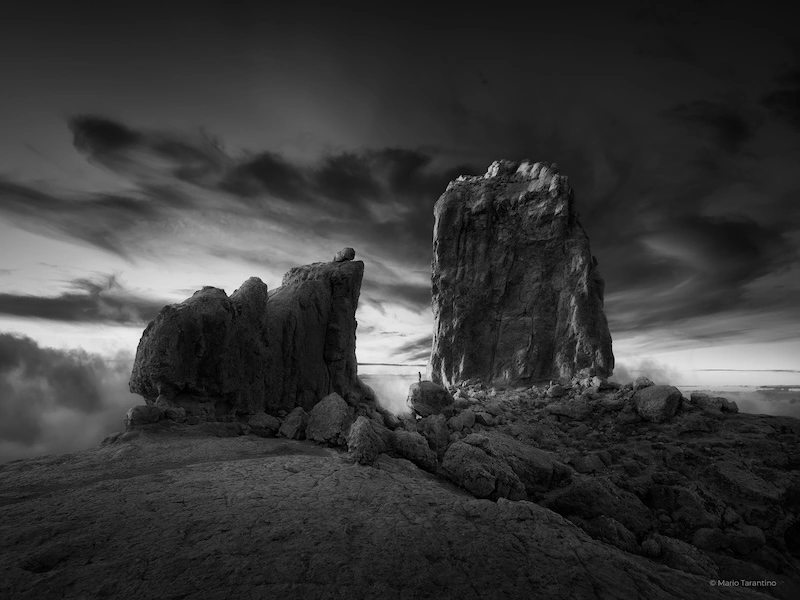
Do you have a particular anecdote that has left an impression on you regarding one of your photos?
Do you like Mario's interview?
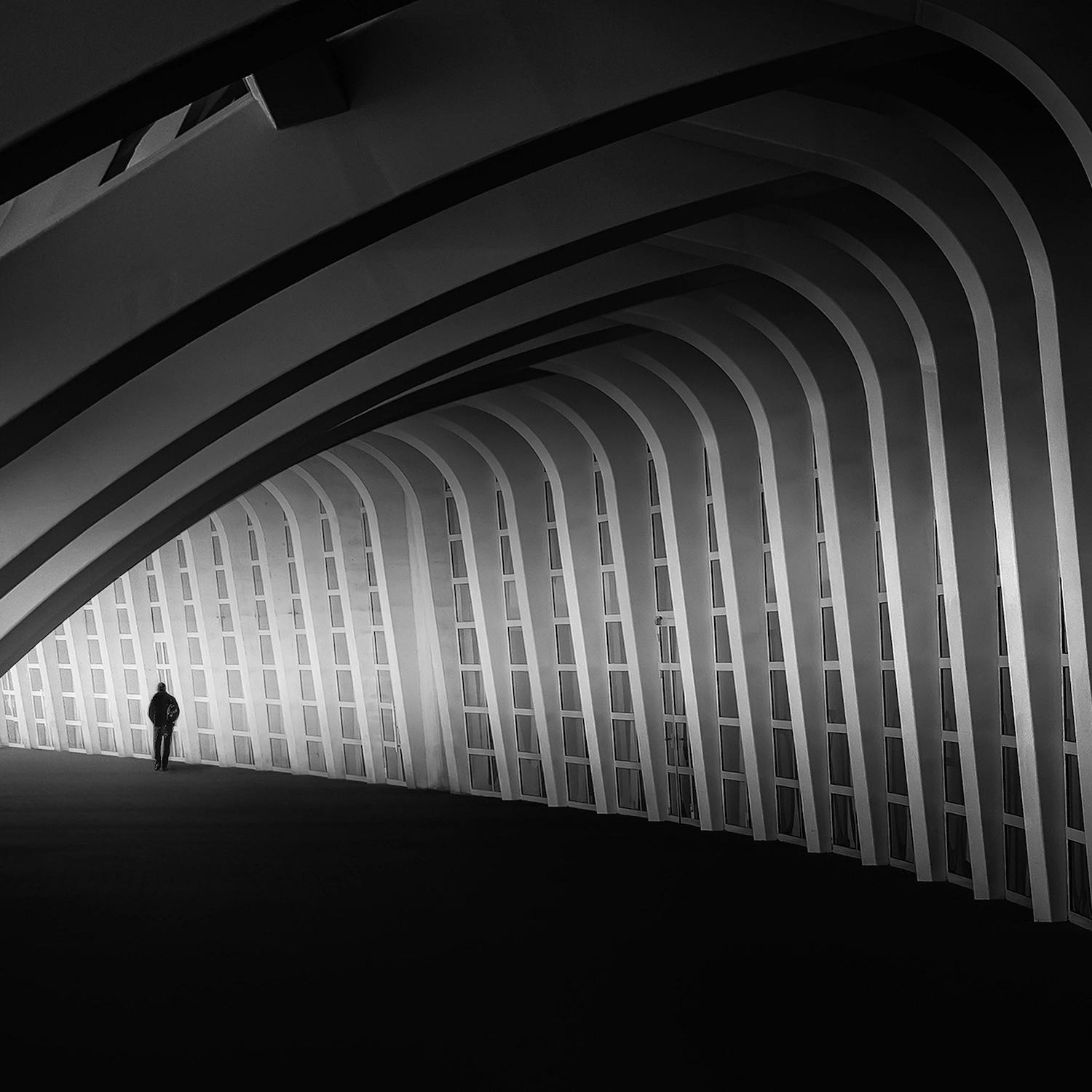
What do you find particularly appealing about black and white photography?
Personally photography has been about black and white imagery from the very beginning – it was and still is my first love.
Another contributing factor to my love of monochrome photography are the greats who have heavily influenced my work, Sebastiao Salgado, Ansel Adams and Michel Kenna to name a few. Another aspect of black and white photography I particularly appreciate is its timeless elegance. Like in all the arts there are trends, fashionable and colourful images come and go but black & white photography never loses its appeal.
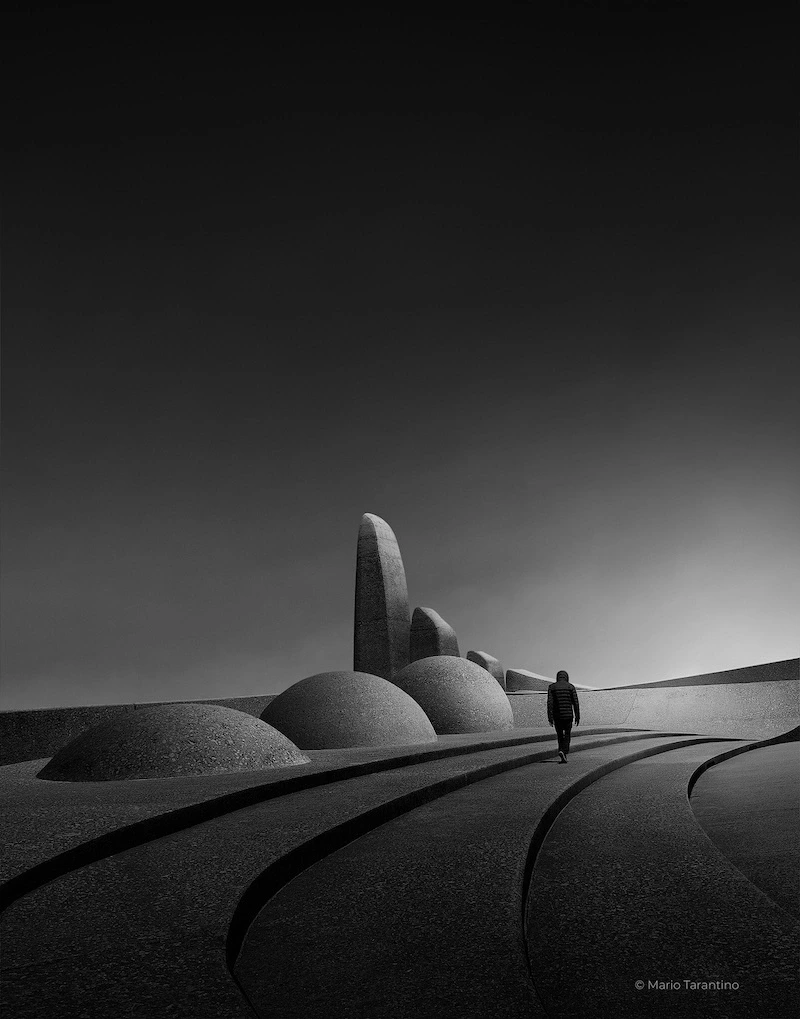
How did you initially come to pursue photography? Which did you discover first, photography or traveling?
You have received multiple awards. What role have these awards played in your career?

Are there any historical black and white photographers or artists who have significantly influenced you?
Does this interview inspire you?
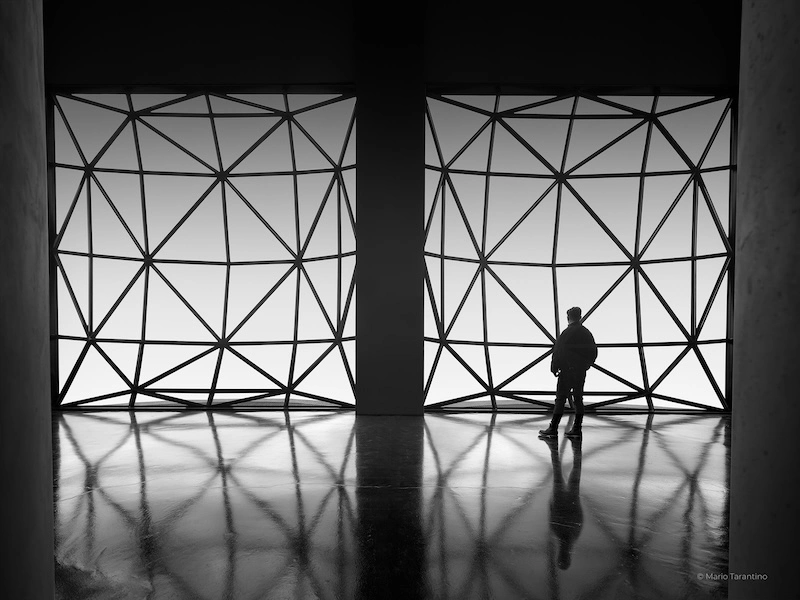
What type of equipment do you most often use for your shoots?
I work with a Canon 5D Mark IV and a strong majority of my photography is shot on Wide Angle Lens – it’s my go to lens. I do work with other lenses, a Fixed 50mm, a 24-70 and at times a Tilt Shift. Each lens has its own characteristics and will contribute to creating the photo’s atmosphere or mood. In my case I enjoy using a wide angle because of the depth & perspective it brings to photos. The time of day is also an important factor to creating emotive imagery, most of my images are photographed in low light conditions, either at sunrise or sunset.
Lastly I also make use of different ND Filters allowing me to use long exposure photography to create a sense of surrealism. Once the on location camera work is done the photos are edited and in this stage of the creation process the use of different post processing techniques enables me to develop the mood I wish to convey to the viewer. The final step in the creative process is the printing of the photo, all of my work is printed on Hahnemühle Photo Rag. I find this slightly textured paper increases pictorial depth whilst generating striking contrasts perfectly complimenting my photos.
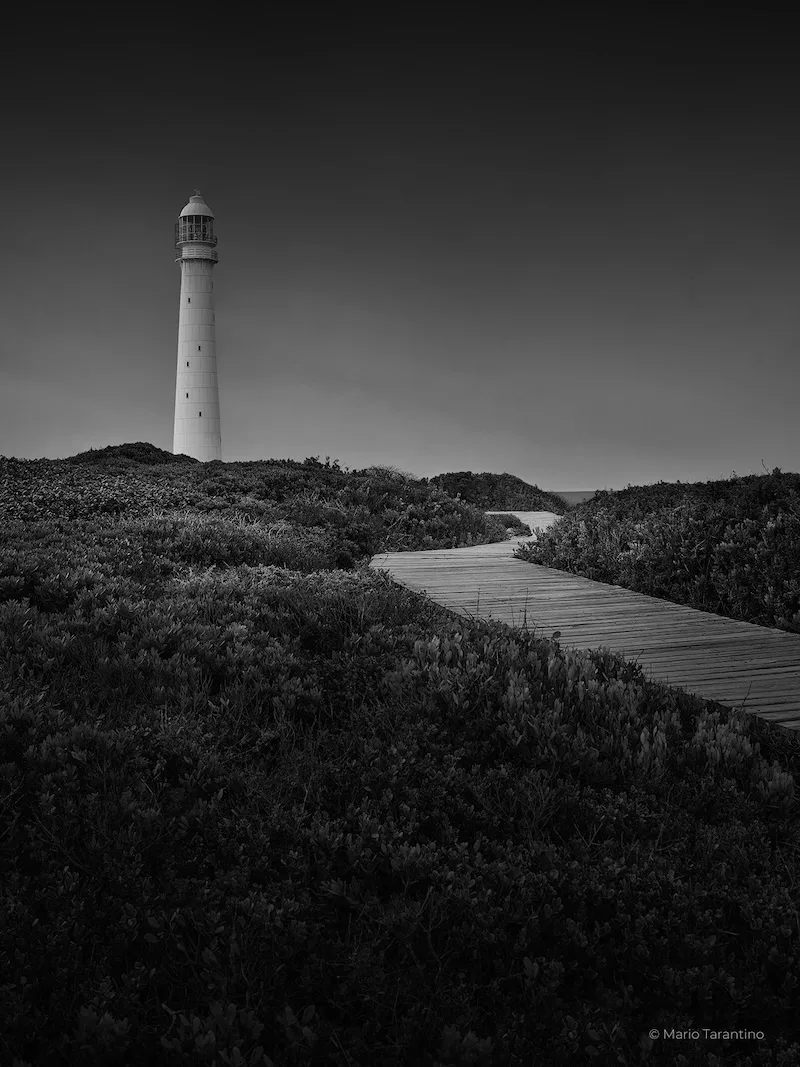
What are your preferred photo editing software and why?
I work principally with Adobe Camera Raw when exporting my photos from the camera & importing them into my laptop. From there most of the post processing is done via Photoshop. I have a couple of plugins I make use of in my workflow, Niks & Imagenomic to name some. Being a total perfectionist, having control of each of the elements of the photo is important to me. I use Camera Raw or Lightroom because it’s the software I used when I took my first photo editing steps. From there Photoshop’s selection tools are great and offer targeted interventions in post processing – something I find useful. The plugins I referred to each have specific functions and are for me incredibly efficient in performing certain specific tasks such as luminosity masks, noise control and fine art workflow actions.
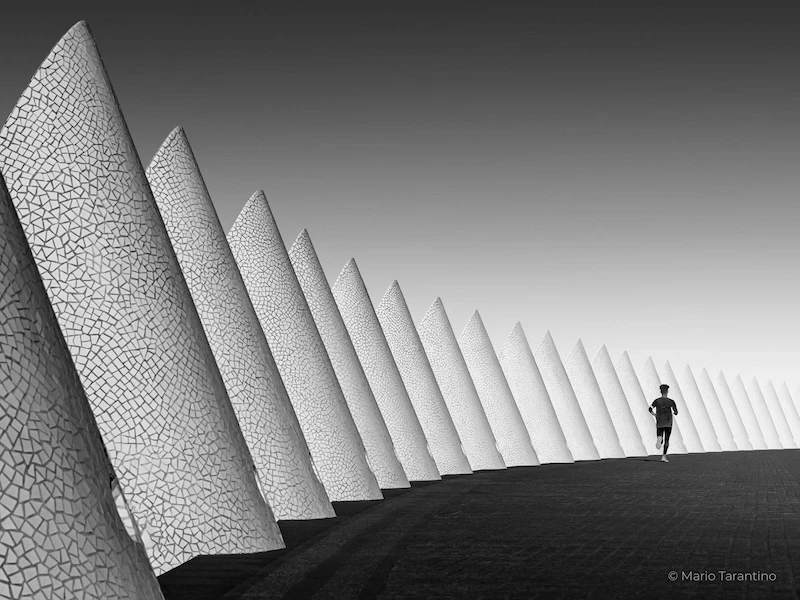
What advice would you give to aspiring photographers looking to develop their own unique style and make a mark in the photography industry?
Today’s photographic landscape is a saturated one making it more complex for photographers to make a mark on an extremely competitive industry. The first step is to know exactly what you like photographing and what you’re passionate about. A common mistake is to go into many different genres of photography and not fully mastering any given one. We live in a society that sells you overnight success and everything needs to happen in the blink of an eye or the click of one’s fingers – growth and the perfection of technique both in camera work and post processing take time.
Networking can also help attain growth in receiving feedback – there are numerous social media sites offering photo appreciations. One however needs to be prepared to take on feedback that at first may not always be easy to hear. Lastly the use of social media platforms can help in many different ways with wealth of imagery on offer.
